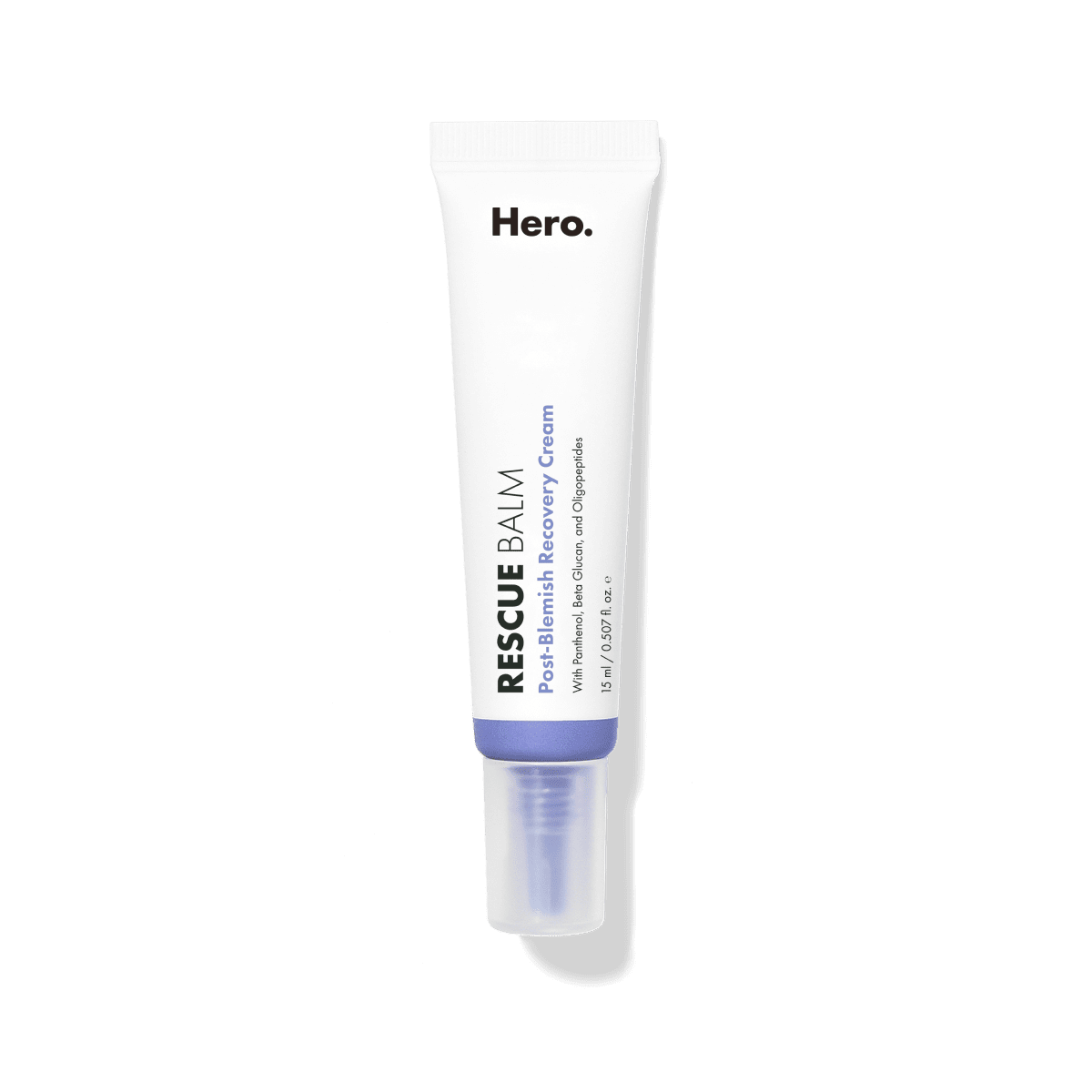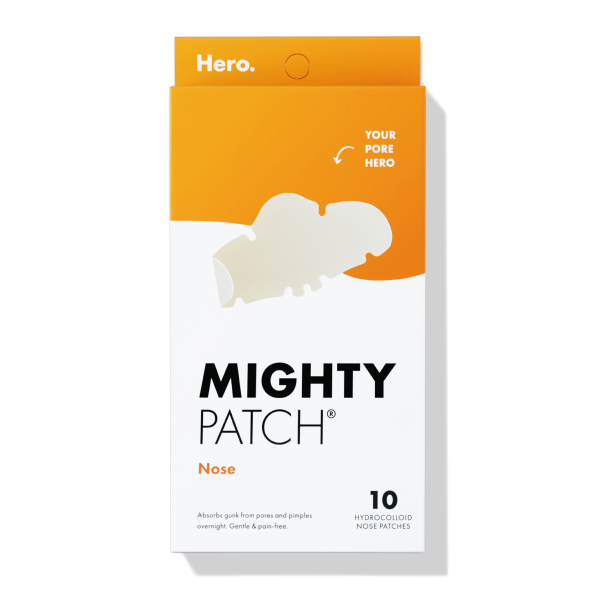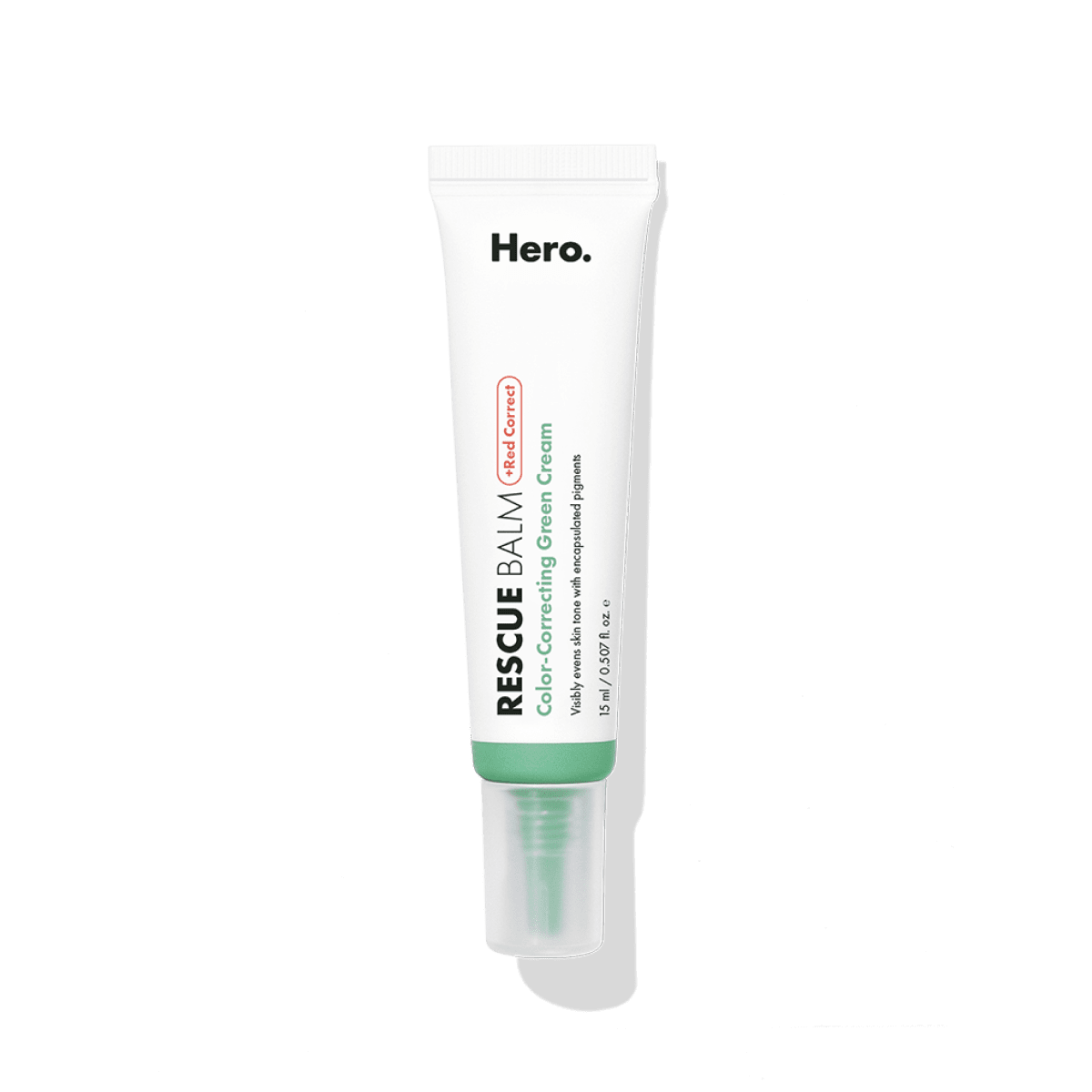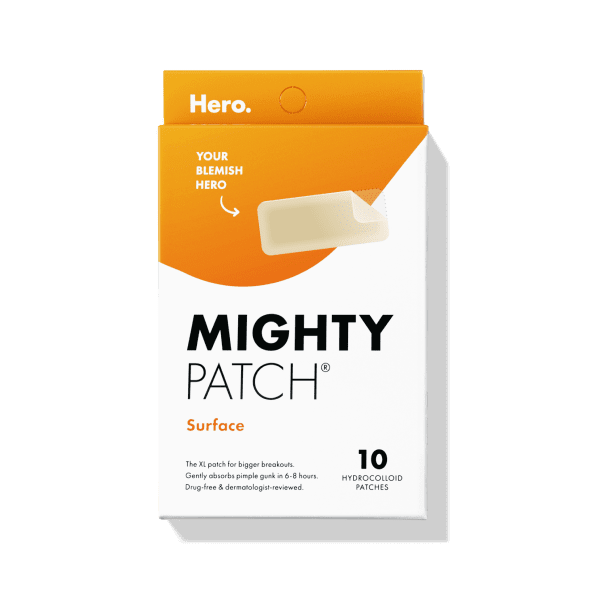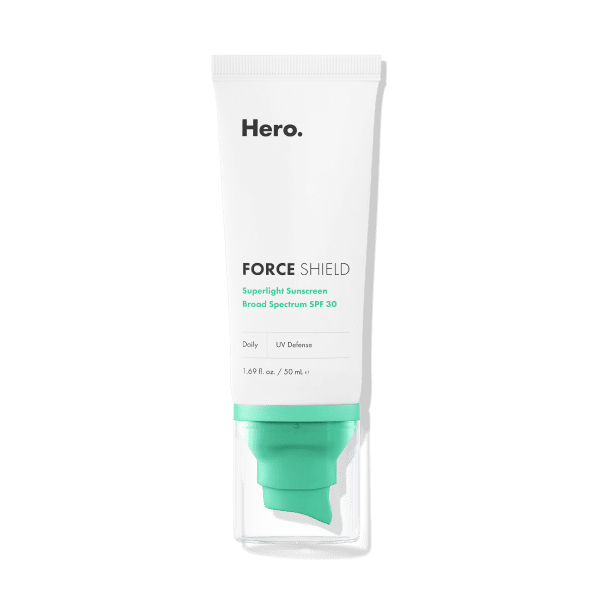
Whether you’ve been upping your running game or have finally discovered the holy grail of sunless tanners, there’s nothing worse than strawberry legs totally squashing the excitement of showing off your gams. Strawberry legs, or strawberry skin, may sound adorbs, but the reality of skin covered in small black dots is probably not the look you are going for.
“Strawberry skin is more of a descriptive term where people have black dots, which can be depressed or pitted resembling a strawberry,” explains Dr. Adam Mamelak, an Austin-based, board-certified dermatologist. “These skin changes are actually clogged pores and open comedones — a form of acne. They are usually seen on the legs and can result from a number of processes and skin conditions, including shaving/grooming, ingrown hairs, folliculitis, keratosis pilaris and dry skin.”
Okay, now that we know there’s a boatload of reasons why your skin resembles fresh fruit, let’s dive into the details of each of those causes. Read on for tips about how to get rid of strawberry skin — so you can get back to feeling great about those legs.
Strawberry legs culprit #1: shaving or grooming issues
When was the last time you swapped out your razor or blade? If you can’t readily answer that question, it’s definitely time for a new one. Using an old, dull razor not only increases your risk of nicks and cuts, but can also cause the skin around hair follicles (AKA pores on your legs) to darken or become inflamed in response to shaving irritation.
What to do about it: First, get a new razor or blade and make sure you are always using shaving cream or gel. “Proper grooming techniques with clean razors, not shaving too close and a moisturizing shaving cream will help prevent irritation,” says Mamelak. “You can also use an epilator or electric razor if a blade is too irritating or frequently causes ingrowns. Laser hair removal and electrolysis are also helpful here.”
And don’t forget to shave the right way (yes, there actually is a “right” way to shave, and it’s probably different from what your mom taught you in middle school). The American Academy of Dermatology (AAD) recommends shaving in the same direction that hair grows.
Strawberry legs culprit #2: dark hair and pale skin
In this case, strawberry legs is not an actual skin condition. You know how you can sometimes see the veins of people who have very pale complexions? This is the same deal — what you are seeing on strawberry legs is simply dark hair that’s visible beneath the skin.
What to do about it: Your best bet is to skip the shaving altogether and opt for a hair removal method that pulls the hair out at the root, like waxing or epilating. If that level of pain is not for you, look into a permanent method, like laser hair removal.
Strawberry legs culprit #3: keratosis pilaris
Keratosis pilaris is “a skin condition that appears often as small pink-to-red dots or small, rough bumps on the skin,” says Dr. Rina Allawh, a board-certified dermatologist practicing in the Philadelphia area. “Sometimes my patients may confuse these bumps for small pimples. But the difference is that these bumps feel rough and dry like sandpaper, are more noticeable in winter or a dry climate, and at times may be itchy.”
If you have dry skin, asthma, eczema or a family history of keratosis pilaris, there’s a good chance that it may be what’s causing the red dots on your legs.
Allawh explains that the rough bumps are caused by an overproduction of dead skin cells, or keratin (hence the name keratosis pilaris). When dead skin cells plug the opening of a hair follicle, or pore, they accumulate and form a hard scale and area of redness.
What to do about it: While there is no cure for keratosis pilaris, you can get some relief with creams and treatments designed to help control redness and dryness. “Eucerin Roughness Relief lotion contains an ingredient called Urea along with other moisturizing factors (such as ceramides),” says Allawh. “Urea helps to increase the moisture in the skin by dissolving and softening the excess keratin.”
RELATED READ: Those Aren’t Blackheads You’re Popping, They’re Sebaceous Filaments
Strawberry legs culprit #4: folliculitis
Also known as painful ingrown hair bumps, folliculitis is a common skin condition that’s usually caused by a fungal or bacterial infection. When the hair follicles, or pores on your legs, first become inflamed, they can look like small red bumps or strawberry skin. Eventually, they will probably more closely resemble whitehead pimples.
What to do about it: “If folliculitis is present, that is an actual infection of the hair follicles, so antiseptic soaps, topical and prescription oral antibiotics may be required,” says Mamelak. A good rule of thumb is that if a folliculitis bump is larger than a pencil eraser, you’ll probably want to head to the doctor for treatment. For smaller bumps, you can use a tweezer to pull out the hair and apply an over-the-counter hydrocortisone or antibiotic cream.
If an ingrown hair or folliculitis bump has visible white pus, Mighty Patch can help the situation. Simply apply a patch overnight, remove and wash the area in the morning, and then use a tweezer to remove the hair (if there’s one present).
[[product-ad]]


